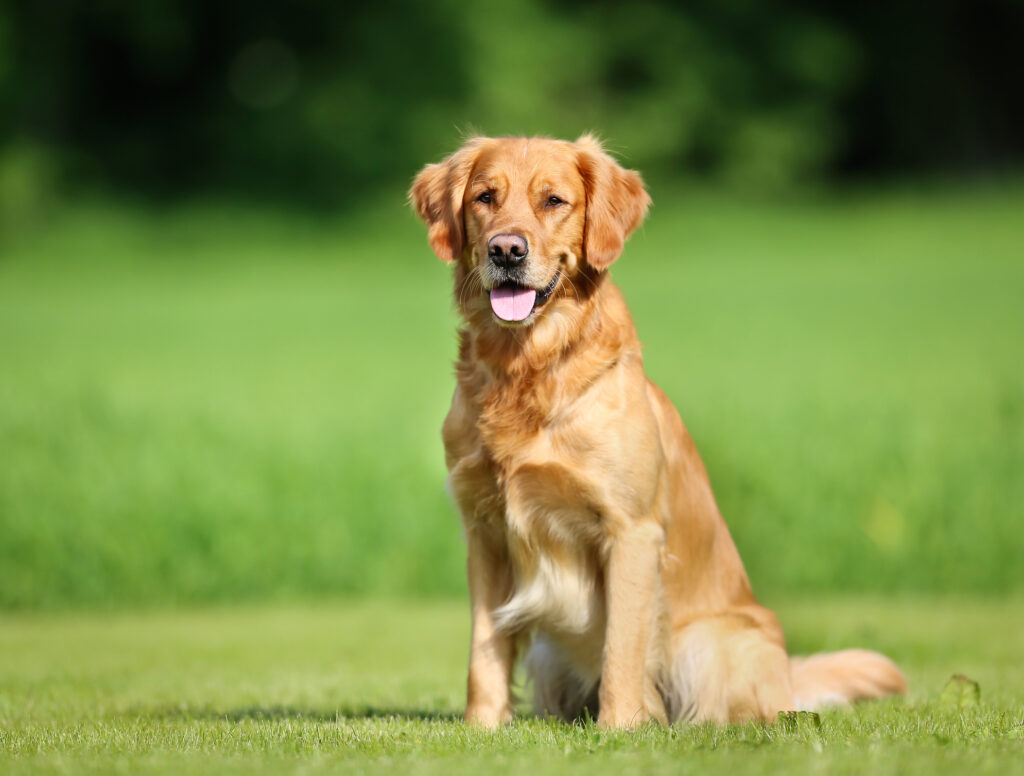BVNA News
26 June 2024
“Cool first, transport second” – Recognising and responding to heatstroke in our pets

We finally seem to have reached the summer with sunshine and high temperatures. But what does this mean for our cats and dogs? Whilst we’re able to dress according to the weather, spare a thought for pets who can’t remove their fur coat especially as the UK temperatures reach over 25oC.
So, what is heatstroke?
It is defined as an increased body temperature above 39.2oC with brain damage occurring at temperatures from 41oC [1]. It can be caused by the environment – such as hot weather, or being in a poorly ventilated and warm/humid room – exercising in the heat, and by metabolic processes happening in the body.
There are a number of ways that pets are different to us in how they are able to control their body temperature. Unlike humans, dogs and cats can’t cool down by sweating as they only have sweat glands in their paws (and around their nose). They also may not be able to move freely to a shady position.
Both dogs and cats will pant to reduce their body temperature, where they lose heat through evaporation [1]. This can often be the first warning sign of heatstroke, although signs in cats are often more subtle than those for dogs.
There are also some factors that affect how easily a pet may suffer from heatstroke. If your dog or cat is a brachycephalic (“flat faced”) breed, has a dark and/or thick coat, is overweight, or is either very young or senior – you should be even more careful to take measures to avoid them overheating.
Identifying early signs of heatstroke will allow you to move the animal or actively cool them down before the symptoms become worse (Table 1).
Table 1: Symptoms of heatstroke to look out for [2]
| Symptoms of heatstroke include; |
| Panting is often the first sign and can become more pronounced as the heatstroke advances. |
| The animal may become restless or agitated and try to move to a cooler area. |
| They may salivate or drool. |
| Their tongue may become very red. |
| They may become dizzy or stagger and become weak. |
| They may have vomiting or diarrhoea. |
| They may appear confused. |
| As the heatstroke progresses, they may tremble which looks like shivering. |
| They may have a seizure. |
| They may collapse and become non-responsive. |
What can we do to keep our pets cool during the summer months?
Make sure they have access to cool, shaded areas, or provide fans if they are in a warm room. Dogs can eat ice cubes or frozen cream cheese [3].
Avoid lots of play and chasing toys or balls. You could provide a dog-safe paddling pool, or dogs could swim in open water – although do not let them enter water that has blue-green algae as this will make them very ill. Provided your dog enjoys play with water, you could use a water spray bottle or short bouts of playing in water from a hose.
Make sure your dog or cat has constant access to fresh water to allow them to drink when they are thirsty.
What should you do if you think your dog or cat is suffering from heatstroke?
As a priority, start to cool your pet – and seek veterinary advice as quickly as possible. Your veterinary practice will also give you advice on how to keep them cool whilst getting to the surgery – you should prioritise cooling your pet down before they are transported [4].
Recommended cooling methods include:
- For young and healthy dogs – cold water immersion
- For older dogs and/or those with health problems – evaporative cooling, which means pouring water over them, of any temperature that is cooler than the dog, combined with air movement from a breeze, fan or air conditioning [3,4].
If your dog or cat does not like water, you can use wet sponges to squeeze water on them. Be careful, because if they are disoriented or scared, they may scratch or bite.
Be aware of outdated first aid advice, which includes the application of wet towels or “tepid but not cold” water. Neither of these methods are as effective as water immersion or evaporative cooling at reducing body temperature quickly [4]. However, iced baths/water or ice coats should be avoided as they could make the situation worse.
It is essential to seek veterinary advice immediately if your dog or cat has collapsed, whilst continuing to cool them down.
Summary
The best way of managing heatstroke is to avoid it altogether. Make sure your pets have access to shaded areas and fresh water to drink. Don’t take dogs for walks during the hottest part of the day, try to take them early morning or when it gets cooler in the evening.
If your dog or cat is showing any signs of heatstroke such as excessive panting, restlessness or dizziness, contact your veterinary practice immediately whilst you cool them down. Prioritise cooling your pet before you transport them.
Let’s make sure we all enjoy the summer this year and keep our pets cool.
References
1 Carter, A. and Hall, E. (2016) Heatstroke – providing evidence-based advice to dog owners. Veterinary Nursing Journal, 31(12), 359-363
2 RSPCA The Complete Guide to Heatstroke in Cats and Dogs. Available online: https://www.rspcapetinsurance.org.au/pet-care/health-and-wellbeing/heatstroke-hyperthermia
3 Heatstroke.dog (2018) Cold as ice: keeping hot dogs cool. Available online: https://heatstroke.dog/2018/08/02/cold-as-ice-keeping-hot-dogs-cool/
4 Hall et al. (2023) Cooling Methods Used to Manage Heat-Related Illness in Dogs Presented to Primary Care Veterinary Practices during 2016–2018 in the UK. Vet. Sci. 2023, 10(7), 465
